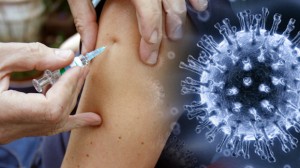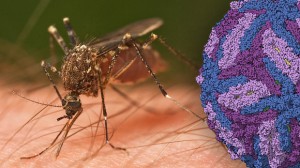NEW YORK (Reuters Health) – Children with egg-induced anaphylaxis can safely receive the influenza vaccine, according to findings published in the January 9th Journal of Allergy and Clinical Immunology.
“The current influenza vaccination appears to be safe in all children including children with egg anaphylaxis,” Dr. Jonathan M. Spergel from Children’s Hospital of Philadelphia, Philadelphia, Pennsylvania told Reuters Health in an email.
Dr. Spergel and Dr. Irene Fung conducted a retrospective review of 56 pediatric patients with egg-induced anaphylaxis who received 119 influenza vaccinations at current recommended doses between 2007 and 2009.
Two patients experienced a total of 3 vaccination reactions. A 2-year-old boy without asthma who had positive egg and influenza vaccine skin prick tests had an eczema flare and hives on his wrists the first year and facial swelling the second year, both of which resolved with oral antihistamine.
An 18-month-old boy with asthma with positive influenza vaccine and egg skin prick tests developed hives behind one ear which resolved with oral antihistamine.
Both patients had no reaction to a subsequent administration of the vaccine.
“Although we did not measure ovalbumin content in our vaccines,” the researchers note, “independent assay of the 2009-2010 vaccines demonstrated that the Sanofi Pasteur formulation had a median ovalbumin concentration higher than those of comparable brands used in other studies.”
“Our study adds to growing data that influenza skin prick tests and division of vaccination doses might be unneeded practices,” the authors conclude.
“Current Joint Task Force on Practice Parameter guidelines suggest that most patients with egg allergy can safely receive influenza vaccination,” the investigators explain, but most earlier studies reported on relatively small numbers of patients with egg-induced anaphylaxis.
Dr. Spergel added, “There is a multi-center study evaluating the safety of influenza vaccination in children with egg anaphylaxis being run by University of Michigan that we are part of.”




